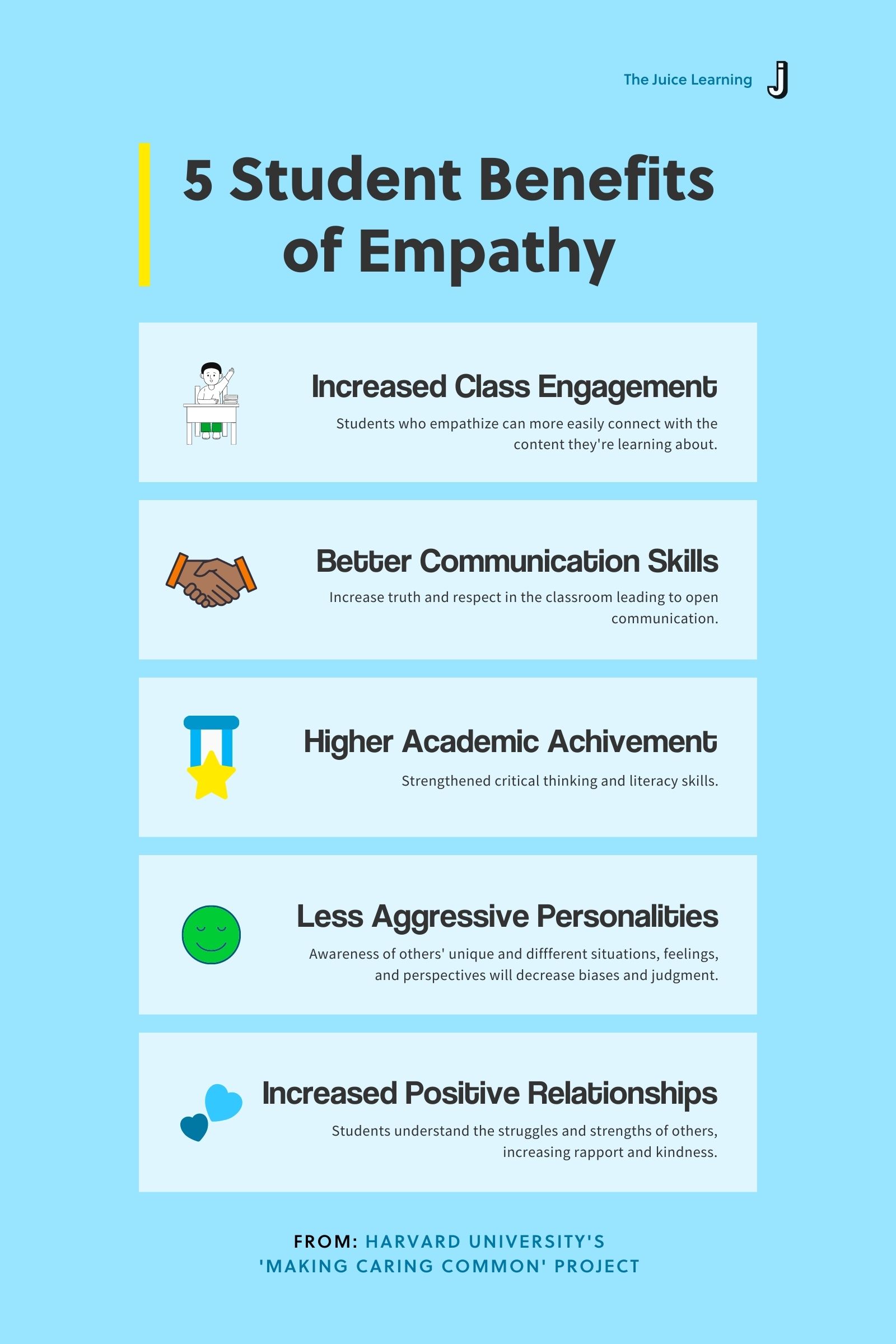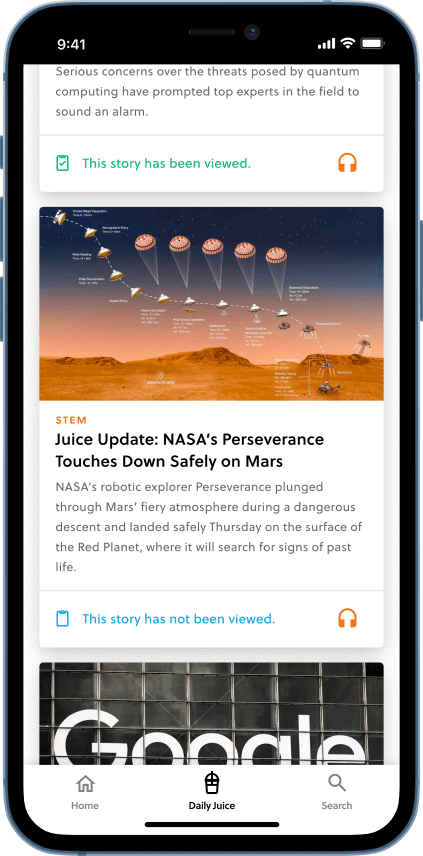We’ve all heard, read, or watched a story that changed us–a story compels and teaches us new things about others and the world. A good story exposes us to new perspectives. For example, the Netflix mini-series, When They See Us, was universally praised for doing just that. The series, which follows the trial, arrest, prison time, and life of the Central Park Five, gives an extremely vivid and challenging account of the boys’ experience. A New York Times review of the miniseries explained how the show was so impactful:
Instead, it gives us something we haven’t yet fully seen: [the boys] humanity, and the intimacy these boys nurtured with their families and, over time, with each other in order to survive . . . the series stands out because it insists that we see the boys as they once were and as they always saw themselves: innocent.
To receptive viewers, the series transformed how they see the world, our justice system, and prison reform. However, in order to let stories like When They See Us affect you in the way it was intended, we need to have empathy. We need to have the ability to put ourselves in the shoes of others. We need to try to understand how others feel, even if we haven’t had the same experiences. Empathy is a critical emotion that teaches us how to identify with and evaluate others’ situations, showing care and support as a result. Empathy deserves to have a place in every classroom.
Can We Even Teach Empathy?
While the concept of teaching an emotion might seem odd, research has shown that emotion can and should be taught within the classroom. In fact, in most cases, empathy has to be taught; it isn’t developed on its own, but requires someone to put in intentional effort to strengthen it. More complicated than compassion, empathy “represents the observant, evaluative, and rational side of sympathetic emotions.” Being empathetic requires us to have perception– we must put ourselves in others’ shoes, which can be difficult when their experiences are foreign to us. In best case scenarios, empathy is what pushes us to stand up for others, particularly when it comes to injustice and inequality.
Neuroscience and behavioral research studies have found that empathizing with someone or something requires a mental process of thinking, feeling, and comprehending. The study on empathy “Empathy is Not in our Genes” argues that people have two systems of empathy: one that is naturally present early in life for both humans and animals, and one that develops as we intentionally work on having. Because the second system of empathy involves a mental process, our ability to empathize can be worked on and improved, similar to our ability to learn how to think critically.
The development of empathy is crucial in building 21st Century Skills, particularly critical thinking and leadership skills. Many teachers incorporate empathy in their class to a degree, maybe without even knowing it. English teachers encourage critical thinking and empathy when they ask students to put themselves in the shoes of characters in a book they’re reading. Social Studies teachers who ask students to imagine what it would be like to be alive during a historical time period are encouraging the growth of empathy through creativity and perspective-taking. While activities like these encourage empathy, students won’t see the connection between empathy and other beneficial skills unless educators make them clear. The extensive benefits of empathy prove it deserves a more direct and intentional place in classes and curriculum.
If empathy is a cognitive, developed process, then it can be taught, just like other problem solving skills. If empathy can be taught, then we need to discuss the details of why it should be taught.
The Importance of Teaching Empathy…
If students know how to empathize, they will be better students, friends, employees, community members, and leaders. They will carry an understanding of the world’s complexities and others’ experiences, deepening all relationships in their life. They become better learners, develop better understanding of concepts, read others more accurately, and show better social behavior (699-700).
A Harvard study confirmed that when students have empathy, they are more likely to be:
- Engaged in class
- Better communicators
- Higher achievers academically
- Less aggressive
- In positive relationships
The benefits of developing students’ empathy extend to all areas of life, in and beyond the classroom. Without it, people resort to innate biases, selfishness, and unnecessary understandings. There are several steps to building empathy, the first starting with showing it to ourselves.
To Understand Yourself and Others
In her published research on empathy, Kristie Flekenstein explained that we can’t expect students to empathize with others if they are unable to make sense of their own emotions and experiences. When students receive and give themselves empathy for what they have experienced, they then can transfer that to how their peers and friends might feel during their own hardships, too.
Amber, a middle school Language Arts teacher in Ohio, encourages the growth of empathy through daily student check-ins to let students share how they feel that day. She also centers the classroom on a word of the month to help expand students’ vocabulary of different feelings (December’s word was “joy.”).
Amber believes teachers need to give students the words to understand their emotions, and space to practice them safely in order to process their experiences. This helps students learn how to be kind to themselves, as well as others. When students hear the variety of emotions their peers feel each day, they learn how to consider what might be happening to others behind the scenes.
Activities to Build Understanding
There are hundreds of activities to help develop empathy. Teaching vocabulary for feelings, giving journal prompts about students’ lives or experiences, and watching compelling documentaries and movies can all encourage the development of empathy. According to an article by The Guardian, a great place to start with teaching empathy is with reading. Reading gives students the opportunity to hear hundreds of stories they might never experience themselves, but also the benefit of hearing characters’ emotions and thoughts first hand.
A Cambridge University study found that “reading fiction provides an excellent training for young people in developing and practicing empathy.” This is because “fiction tricks our brains into thinking we are part of the story.” When students read fictional stories, they subconsciously put themselves in the shoes of the characters, developing empathy for the character as if they experienced it themself.
When students read stories with important themes and situations, it builds understanding and empathy towards those issues. When selecting books to support empathy, think about the following questions:
- Are there strong and believable characters and story-lines?
- Does the book discuss current or relevant issues?
- Is the story interesting and well-written?

Teaching empathy has other academic benefits, as well.
Heidi, a high school English teacher, used empathy for both classroom management and curriculum. During class time, she used empathy to encourage her AP Language students to build solid arguments for persuasive essays. She would encourage students to put themselves in their reader’s shoes as they wrote, and wonder what questions readers would have, what arguments they might propose, and what experiences may color their responses. Empathy gives students the perspective of a potential reader, helping students imagine how to make their writing better.
To Create a Better Classroom Environment
How teachers and students interact sets the tone for the classroom, and models how students can empathize with others. In the article “What Empathy Can Do,” the author describes the change and reorganization students’ brains are going through as they develop, leading to more emotional triggers and moments of frustration throughout the day. On top of brain development, students are always going through situations with friends, family, school work, and extracurricular activities. When we keep this in mind, we can be more attuned to showing empathy for students in need of it.
Sarah, a high school Literature and Journalism teacher in Michigan, explained an interaction she had when she first started teaching. When shadowing another teacher, the teacher asked students to give Sarah advice for her first year of teaching. Overwhelmingly, the students explained that the teachers who made the largest difference were those who were understanding of students’ workload and schedule, particularly during the COVID-19 pandemic. Sarah tries to show grace with her students and encourage them when she can, and her positive student feedback has shown her the effects of this.
Methods to Create Better Classroom Environments
When students can empathize with themselves, and feel that others are trying to empathize with them, they can deepen relationships with others, including their classmates, peers, and family. Teachers can help build an empathetic classroom using the following methods:
- Set daily routines that build security so students know what to expect each day
- Incorporate listening and observation skills by starting daily meetings and discussions where students hear from and share with one another
- Teach students vocabulary that can help them clearly and correctly communicate how they are feeling
- Have understanding when students are struggling: put yourself in their shoes and model the type of empathy you hope your students will show you and others
When a classroom is led by a teacher who understands and shows empathy, there will be a deeper sense of trust within the class. Students will feel safe to be themselves as they simultaneously participate in activities that strengthen empathy. In The Juice’s previous blog post about the Power of Perspective, we discussed how there are small steps we can take in the classroom.
While it’s important to help our students understand multiple perspectives on current issues, we must first model this behavior ourselves. Our news sources and social media platforms are not conducive to seeking out divergent viewpoints. But, by taking small, concrete steps to diversify the news we consume we can start to break down the “filter bubbles” that have contributed to the damaging culture of polarization that has come to characterize our country. Only then can we start helping our children do the same.

Bringing Empathy to the World
When we help students develop empathy, we prepare them to go out into the world with better critical thinking and analytical skills. When students are able to perceive others’ experiences and feelings, consider multiple perspectives, and value every contributing voice, they will be better employees, citizens, and leaders.
In an essay on how empathetic citizens create a better society, the author argues that empathetic outlooks increase our concern for others, particularly those ostracized by society, and decrease our bias in judgment. When citizens can do this, we have a “more properly functioning democracy.” Those with higher positions and privileges can lean on their sense of empathy to help elevate those who are less privileged, oppressed, or victims of systemic injustices.
Jill, a college professor, weaves empathy into every class she teaches. She writes, “the way to empathy is through critical thinking. Once students learn how to unpack situations without bias, the door is open to empathy.” Jill uses analysis tools from the Library of Congress and The Right Question to get students thinking about their innate beliefs.
When we help students develop their capacity to empathize, we inspire our students to change the way they view people different from them.
Empathy is an antidote to the complacency that affirmation bias promotes. It encourages our students to learn about opinions and worldviews different from their own. It tempers the urge to label and render snap judgments, helping out classes to understand the wisdom of the observation that ‘once you label me you negate me.’
The Power of Empathy in the Classroom by Paula A. Franzese (p. 302)
The Juice
The Juice is a helpful resource to facilitate discussions about current issues in your class. With our daily newsletters of the top 5 stories, you can encourage students to think about and discuss how these issues impact everyone involved, helping students practice empathy daily as a result.

